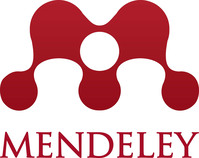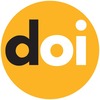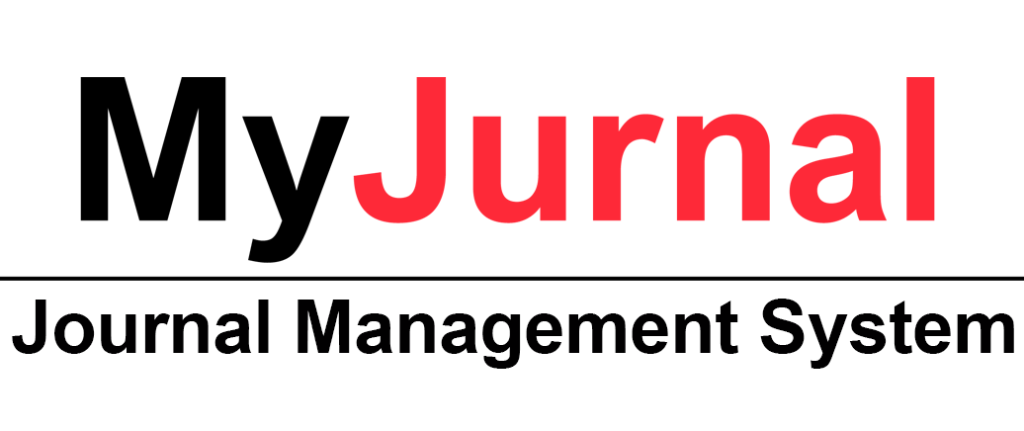The Effectiveness of ThingLink in Teaching New Vocabulary to Non-Native Beginners of the Arabic Language
DOI:
https://doi.org/10.31436/ijes.v8i1.274الملخص
Low proficiency in the Arabic language, specifically in vocabulary learning, has been a long-standing issue for non-native Arabic speakers. Traditional language pedagogy, such as chalk and talk and memorization, continues to be a widely-known cause of low proficiency that affects 21st century students. Thus, this study sought to investigate the effectiveness of using ThingLink, an interactive image annotation tool, as an intervention to teach Arabic vocabulary to beginners of the language at a public university in Malaysia. The study adopted a pre-experimental design, i.e., the pretest-posttest one group design, involving 30 students who were beginners of Arabic. The Vocabulary Knowledge Scale (VKS) and a modified TAM questionnaire were utilized to examine ThingLink’s effectiveness in three aspects, i.e., perceived usefulness, perceived ease of use and students’ vocabulary achievement. The data were analyzed descriptively and with a paired samples t-test. The results showed a statistically significant increase in vocabulary achievement among the subjects, but the effect of the intervention was only moderate at Cohen’s d = 0.42. The subjects rated ThingLink positively on both usefulness and ease of use, although their endorsement of the app’s ease of use was higher than their rating of its usefulness. The subjects’ reactions to ThingLink indicate that it is an effective tool for language teachers and students to use. The results of the study support the use of ThingLink as language learning app capable of meeting the needs and goals of 21st century education.
المقاييس
التنزيلات
منشور
كيفية الاقتباس
إصدار
القسم
الرخصة
الحقوق الفكرية (c) 2020 IIUM Press, International Islamic University Malaysia

هذا العمل مرخص بموجب Creative Commons Attribution 4.0 International License.
The Journal will own copyright to all published works and have the right of first publication, both in print and online, unless other arrangements are made with the Editors in advance. It is the author`s responsibility to ensure that where copyright materials are included within an article the permission of the copyright holder has been obtained beforehand.






















